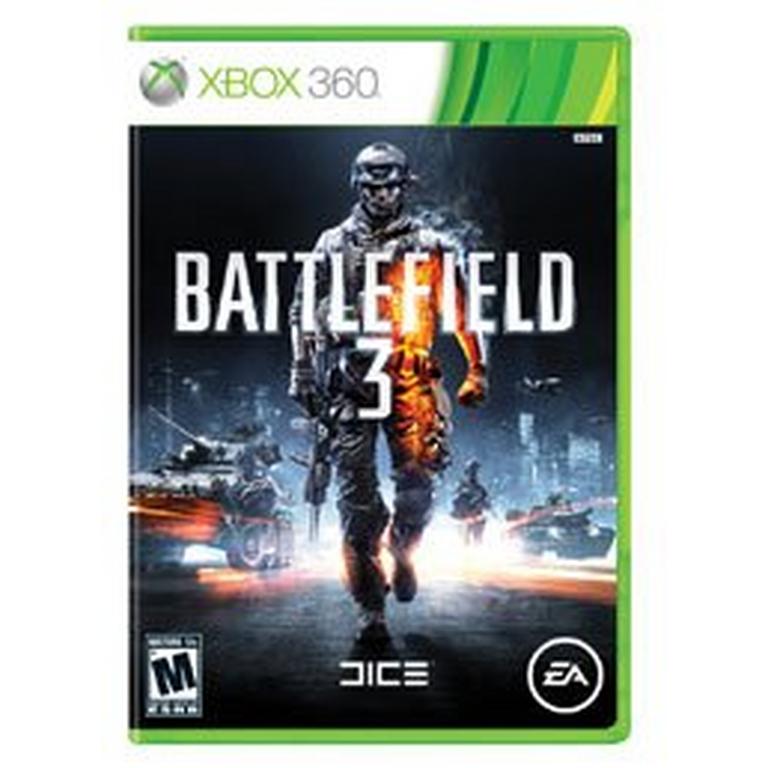Aladingsc Insights
Your go-to source for trending news and informative guides.
Why Battlefield 3 Still Reigns as the King of FPS Chaos
Discover why Battlefield 3 remains the ultimate FPS experience! Explore its chaotic gameplay and timeless appeal that still captivates gamers today.
The Enduring Legacy of Battlefield 3: What Keeps Players Coming Back
Battlefield 3 has carved out a unique niche in the gaming community, and its enduring legacy can be attributed to several key factors. First and foremost is the game's highly immersive multiplayer experience, which combines large-scale warfare with intricate team dynamics. Players are drawn to the diverse maps and extensive vehicle options that create a sense of realism and strategic depth. Additionally, the Battlelog system enhances player engagement by allowing them to track their statistics, compare their performance, and connect with friends, fostering a vibrant community around the game.
Another reason players continue to revisit Battlefield 3 is its solid balance between accessibility and complexity. Newcomers can easily jump into the action, while seasoned veterans find plenty of depth to explore in different play styles and loadouts. The regular updates and expansive DLC packs have also contributed to its longevity, keeping the content fresh and exciting. Ultimately, it’s the perfect blend of nostalgia and skill-based gameplay that ensures Battlefield 3 remains a beloved title in the hearts of gamers, years after its initial release.

Unmatched Chaos: How Battlefield 3 Redefined FPS Gameplay
Unmatched Chaos defines the essence of Battlefield 3, a game that redefined FPS gameplay through its groundbreaking mechanics and stunning visuals. Released in 2011, it pushed the boundaries of player immersion with its large-scale maps and dynamic environments. Gamers were no longer simply combating enemies; they were engaging in epic military experiences where teamwork and strategy were paramount. The introduction of the Frostbite 2 engine allowed for destructible environments, which became a signature feature, enabling players to alter the battlefield in real-time, leading to unprecedented chaos and unpredictability in combat.
Moreover, Battlefield 3 emphasized connectivity and community through its multiplayer experience. With a range of game modes and a robust class system, players could tailor their gameplay style, be it as a medic supporting teammates or as an engineer taking out enemy vehicles. This level of customization fostered strategic gameplay and highlighted the importance of communication among squads. The result was a game that not only listened to its players but also thrived on their engagement, setting a new standard within the FPS genre that many titles have aspired to replicate since.
Is Battlefield 3 the Greatest FPS of All Time? A Deep Dive into Its Appeal
When considering whether Battlefield 3 is the greatest FPS of all time, one must first examine its groundbreaking features that set it apart from its competitors. Released in 2011, Battlefield 3 introduced stunning graphics powered by the Frostbite 2 engine, offering players an immersive experience with dynamic environments, realistic physics, and spectacular sound design. The game also emphasized team-based gameplay, encouraging coordination among players in a way that few other titles did at the time. Its expansive maps and diverse modes, ranging from large-scale battles to tactical urban warfare, provided a breadth of options that kept the community engaged long after its release.
Moreover, Battlefield 3 fostered a dedicated community, bolstered by the introduction of features like Battlelog, which allowed players to track their stats and connect with friends seamlessly. This level of engagement laid the groundwork for a robust multiplayer experience, drawing players back for countless hours of gameplay. To sum up its appeal, the combination of innovative mechanics, visual splendor, and strong community support makes a compelling case for Battlefield 3 as one of the greatest FPS titles. Ultimately, the question of its status may vary among players, but its impact on the genre is undeniable.